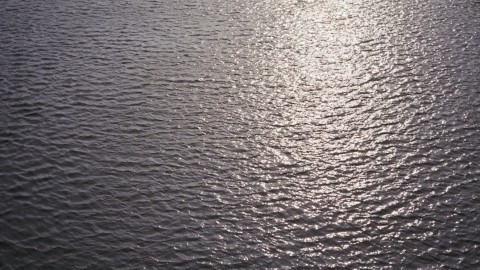Mastitis is an inflammation of breast tissue that sometimes involves an infection. The inflammation results in breast pain, swelling, warmth and redness. You might also have fever and chills.
Mastitis most commonly affects women who are breast-feeding (lactation mastitis). But mastitis can occur in women who aren’t breast-feeding and in men.
Symptoms
Signs and symptoms of mastitis can appear suddenly. They may include:
- Breast tenderness or warmth to the touch
- Breast swelling
- Thickening of breast tissue, or a breast lump
- Pain or a burning sensation continuously or while breast-feeding
- Skin redness, often in a wedge-shaped pattern
- Generally feeling ill
- Fever of 101 F (38.3 C) or greater
Causes
Milk that is trapped in the breast is the main cause of mastitis. Other causes include:
- A blocked milk duct. If a breast doesn’t completely empty at feedings, one of your milk ducts can become clogged. The blockage causes milk to back up, leading to breast infection.
- Bacteria entering your breast. Bacteria from your skin’s surface and baby’s mouth can enter the milk ducts through a crack in the skin of your nipple or through a milk duct opening. Stagnant milk in a breast that isn’t emptied provides a breeding ground for the bacteria.
Risk Factors
Risk factors for mastitis include:
- Previous bout of mastitis while breast-feeding
- Sore or cracked nipples – although mastitis can develop without broken skin
- Wearing a tightfitting bra or putting pressure on your breast when using a seat belt or carrying a heavy bag, which may restrict milk flow
- Improper nursing technique
- Becoming overly tired or stressed
- Poor nutrition
- Smoking
Complications
Mastitis that isn’t adequately treated or that is due to a blocked duct can cause a collection of pus (abscess) to develop in your breast. An abscess usually requires surgical drainage.
To avoid this complication, talk to your doctor as soon as you develop signs or symptoms of mastitis.
Prevention
To get your breast-feeding relationship with your infant off to its best start – and to avoid complications such as mastitis – consider meeting with a lactation consultant. A lactation consultant can give you tips and provide invaluable advice for proper breast-feeding techniques.
Minimize your chances of getting mastitis by following these tips:
- Fully drain the milk from your breasts while breast-feeding.
- Allow your baby to completely empty one breast before switching to the other breast during feeding.
- Change the position you use to breast-feed from one feeding to the next.
- Make sure your baby latches on properly during feedings.
- If you smoke, ask your doctor about smoking cessation.
Top Homeopathic Medicines for Mastitis
1. Belladonna: A Wonderful Homeopathic Medicine Used in the Initial Phase of Mastitis. Belladonna is a very useful homeopathic medicine for mastitis. Belladonna works well in the initial stage of inflammation of the breast. The breast is red and very swollen. Throbbing pain accompanies the swelling. The pain is worse when lying down. Inflammation of breast after weaning is another strong indication to use Belladonna.
2. Phytolacca: A Top Grade Homeopathic Medicine for Mastitis with Stinging and Shooting Pain Phytolacca is a top grade homeopathic medicine for mastitis. Phytolacca works well for swollen, painful breasts with marked soreness. There is a stinging and shooting pain in the breast. Extreme sensitivity and tenderness of the breast are also symptoms. Hardness and a purple hue may also accompany. Nipples may also be cracked. Pain from the breast also radiates to the whole body while nursing the child.
3. Croton Tig: Another Useful Homeopathic Medicine for Mastitis. Croton Tig is yet another effective homeopathic medicine for mastitis. Symptoms indicative of using Croton Tig are a hard, swollen and inflamed breast. Another major indication for using Croton Tig is that the pain from the breast radiates to the back on nursing the child. The pain is mainly drawing in nature. Soreness of the nipples is also present.
4. Bryonia: Homeopathic Medicine for Mastitis with Stony Hard Breast. Bryonia is an excellent homeopathic treatment for mastitis. Its use is considered in cases of mastitis when the breasts are stony hard. The breasts are also hot, swollen and highly painful. The slightest motion worsens the pain in the breast, and the patient may need to support the breast with the hand. Resting seems to relieve the pain.
5. Silicea and Hepar Sulph: Homeopathic Medicines for Mastitis When an Abscess is Formed. Silicea and Hepar Sulph are great homeopathic medicines for mastitis when an abscess gets formed. These medicines are very effective when treating suppurative conditions. They help in the drainage of pus without any surgical intervention. These medicines work well in cases of an abscess with pus discharge that may be offensive in nature, intense pain, sensitivity to touch, and chills.
Tags: Mastitis And Homoeopathy










